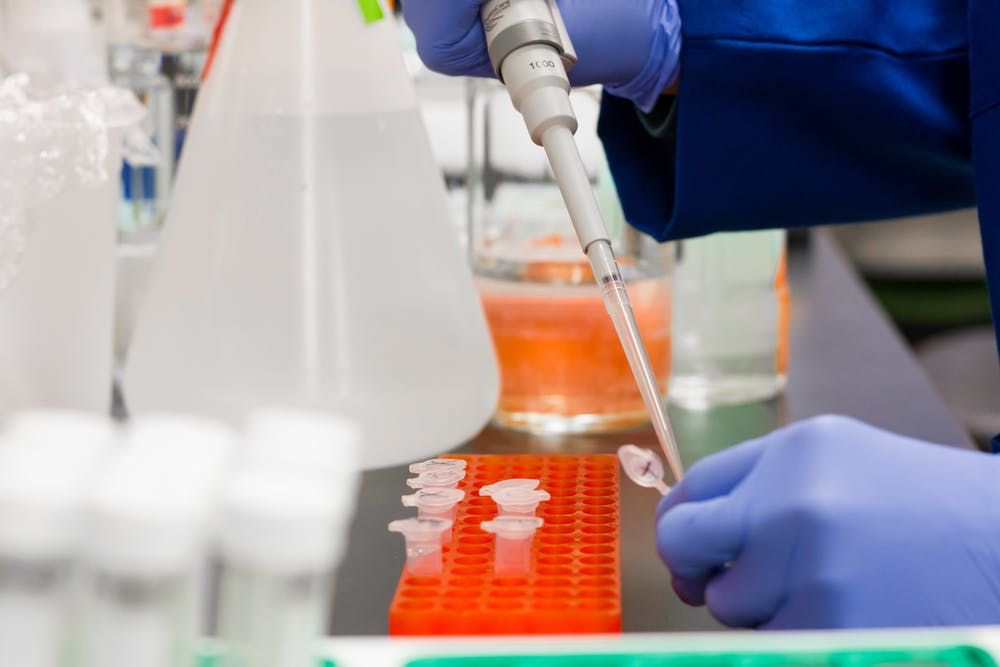Test Detects SARS-CoV-2 Virus Even After Mutations
The diagnostic testing kit is easy to use at home and will eventually be able to pick up the thousands of variants of COVID-19.

A recent study conducted by investigators from Nanyang Technological University, in collaboration with NTU Singapore, discusses a diagnostic test that was developed and can detect SARS-CoV-2 even after it has gone through mutations. Results from the study were published in the journal Nature Communications.
"Viruses are very smart. They can mutate, edit, or shuffle their genetic material, meaning diagnostic tests may fail to catch them,” Tan Meng How, the lead on the study said. “Hence, we spent considerable effort developing a robust and sensitive test that can catch the viruses even when they change their genetic sequences. In addition, frequent testing is essential for helping to break the transmission of viruses within populations, so we have developed our tests to be rapid and affordable, making them deployable in resource-poor settings."
Investigators behind the study used a reaction mix containing enAsCas12a, a variant of the enzyme Cas12a that acts like a pair of “molecular scissors”, and programmed it to snip off segments of the SARS-CoV-2 virus from the rest of its viral genome. This is done by two different molecules known as guide RNAs, that are designed to recognize specific sites on the viral genome.
"Combining two or more guide RNAs with the enzyme enAsCas12a ensures that if one of the guide RNAs fails to guide it to the correct segment of the virus because of a mutation, the other guide RNA can still 'rescue' this mismatch,” How said.
When the virus or a variant is detected, the Cas12 enzyme becomes hyper-activated and begins snipping away detectable genetic material in the sample, including a molecule tagged with a fluorescent dye that is added to the reaction mix. When this molecule is cut, it glows and is picked up by a microplate reader.
The test, named VaNGuard (Variant Nucleotide Guard), has the ability to recognize up to two mutations within the target sites on the SARS-CoV-2 genome so far.
"If the virus is present, the molecule will glow,” How said. “If not, it means the virus is not present to cause the hyper-activation of the molecular scissors."
The team plans for future research to further refine the diagnostic kit, as well as obtain approval by the relevant authorities to commercialize the test.
